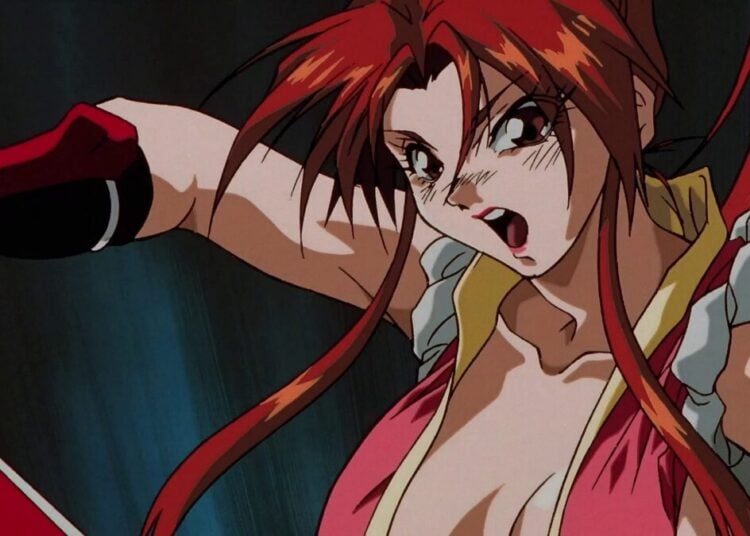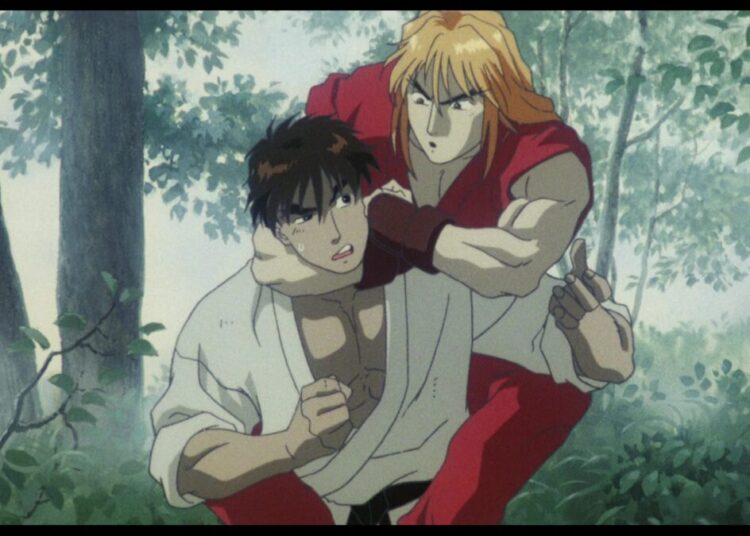Shoji Kawamori needs little introduction. On top of being the creator of the Macross franchise and executive director of animation studio Satelight, his impact on mecha anime and global pop culture could not be understated. Lesser known, however, are his penchant for spiritualism and environmentalism. Though these have always been constants throughout his work, these are especially highlighted in Earth Maiden Arjuna (Chikyuu Shoujo Arjuna; 2001), which could be best described as a surreal eco-warrior trip.
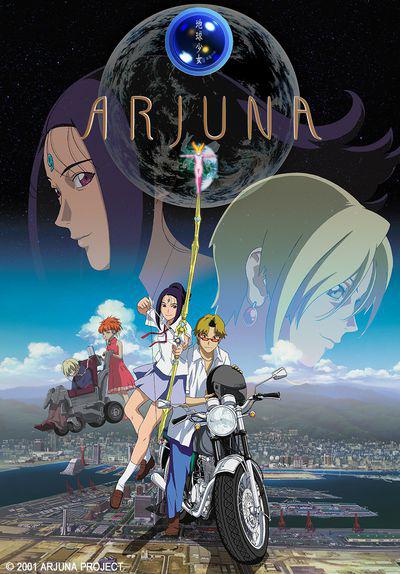
Produced by Satelight and Bandai Visual, it has a total of 12 episodes, with an unaired “Chapter 9” included in DVD releases and subsequent reruns. As it becomes very clear, however, this work is very much a passion project for Kawamori (serving as creator, director, and writer). Created as a wake-up call to the “jaded young people of Japan,” as put by a 2004 Animerica review, he also got help from old friends Ichiroh “Itano Circus” Itano and Hiroshi Ohnogi, among others, to bring that vision to life, for better or worse.
Whether or not you agree with his views or how they’re conveyed, at the very least you’re treated to a sensory feast that’s unique.
The anime’s English trailer gives an additional taste of both Yoko Kanno’s soundtrack and the more navel-gazing moments of the anime. Whether it’s good or bad is in the eyes of the beholder. (Source: YouTube)
An Inconveniently Meandering Truth
Earth Maiden Arjuna ostensibly focuses around Japanese schoolgirl Juna Ariyoshi (Mami Higashiyama, Maggie Blue O’Hara), who finds herself attacked and killed by invisible worm-like creatures known as the Raaja, which have begun attacking humanity for poisoning the land. Upon being revived by Chris Hawken (Yuuji Ueda, Brad Swaile), a mystic being in the form of a young boy, she becomes the “Avatar of Time”: defender of Japan and savior of the world. Yet as she fights on, with the aid of boyfriend Tokio (Tomokazu Seki, Andrew Francis) and the international organization SEED, she finds that saving the day is not what it seems. All the while, she becomes more in tune with the planet itself and grows disturbed by what she learns from being one with her target.
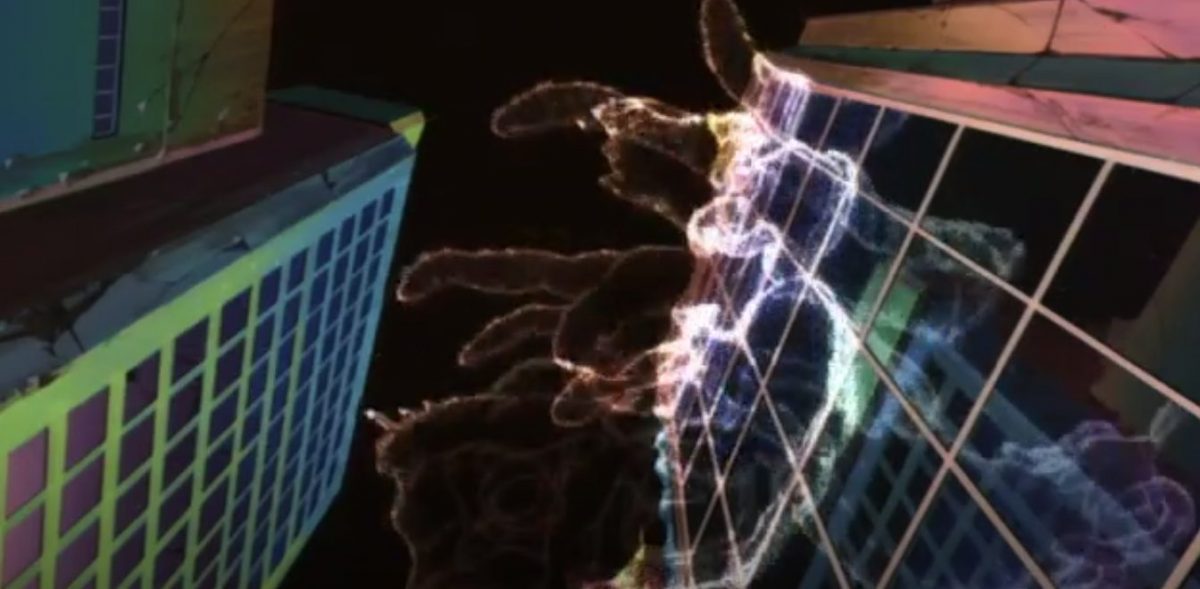
That’s about as straightforward a summary as you would get, however, as it goes beyond simply transplanting the Mahabharata and Bhagavad-Gita to a modern magical girl premise. Taking heavy inspiration from Hinduism and sources as varied as the Gaia Hypothesis, population control, and anatomy, the real substance of the show is less on beating pollution-enhanced monsters, and more of an excuse for Kawamori to invite you into his existential musings on humanity, and our place in nature. Indeed, on top of extensive travels to India, Malaysia and Borneo, according to interviews, he was interested in “what makes us feel alive” as well as the need for finding a more harmonious balance between technology and ecology.
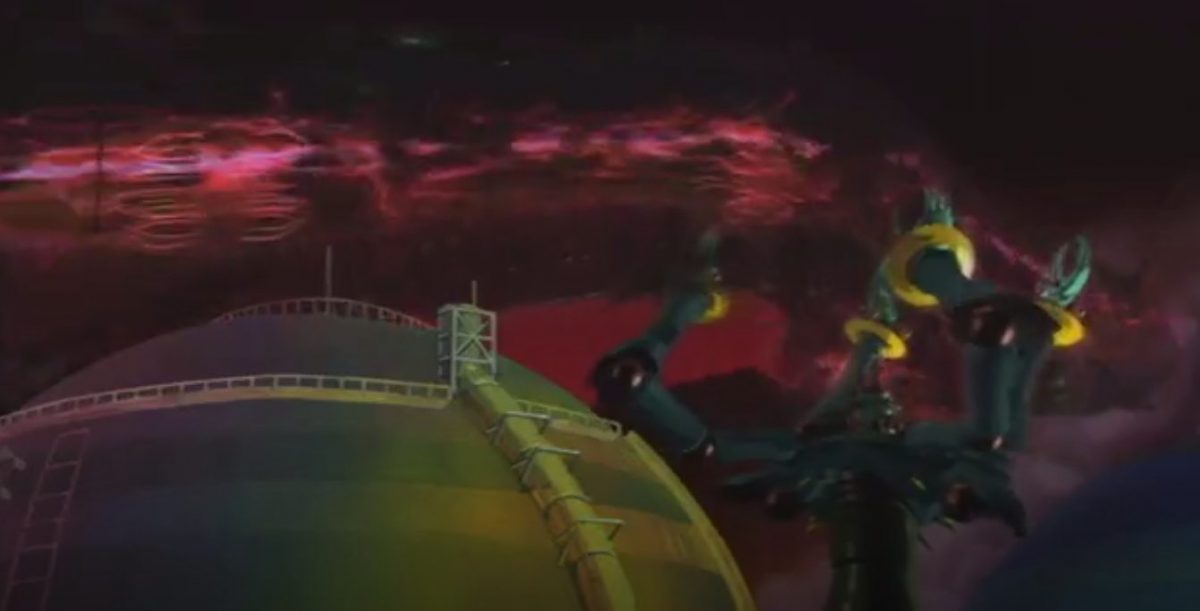
In practice, these translate into a good deal of the runtime being glorified tracts with very mixed results. The Raaja being described as Earth’s answer to curing its ills (i.e. mankind), as well as SEED’s progressively more clinical methods alienating Juna come off as so heavy-handed that it’d make Captain Planet pause. Meanwhile, scenes like the heroine learning about the virtues of natural farming and turning away from technology from an old man clash with a contradictory fondness for civilization’s scientific advancements. While the lead’s characterization as a teenaged girl coming to grips with protecting humanity from itself makes some of the navel-gazing relatable, as well as how the recurring motif of mending fragmented lifestyles and emotions does hold up well, the rest feels all over the place. Whether or not you agree with the views espoused, it could make for surreal viewing, often overshadowing the basic plot.
The anime, however, more than makes up for that in the presentation.
A Wholistic Feast
As revealed in the Animerica review, Kawamori had high hopes that Satelight’s more than capable of delivering the visuals he wanted for Earth Maiden Arjuna. In that respect, at least, he wasn’t wrong.
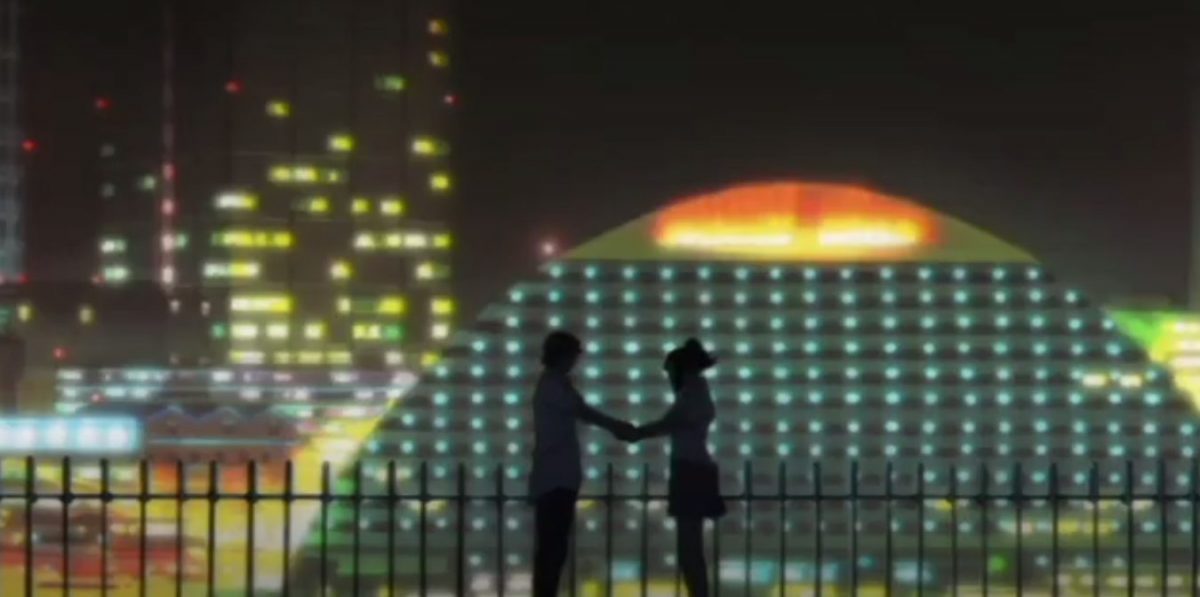
Employing a mix of traditional animation and generally realistic character designs on the one hand, and computer effects (both 2D and 3D) on the other, the show has a very distinct style. Whether it’s the vibrant backdrop of modern-day Kobe, or the otherworldly forms of the more monstrous Raaja, you could tell that a lot of effort was put in. To see those in action, especially when Juna transforms and fights her enemies with her bow, is even more impressive for how fluid and consistent the quality can be, more so in the DVD releases. Granted, some of the CGI models haven’t quite aged well, while the philosophical moments can lend to jarring acid-trip segues. Nonetheless, you could easily mistake this at times for something made in the late 2010s than the early 2000s. All the while foreshadowing the studio’s work on later Macross titles.
The audio isn’t something to ignore, either. Though the voice acting could only do so much to make the polemic-laden tracts seem more natural or tolerable, the cast nonetheless gives a solid performance, giving each of the characters a sense of weight. Meanwhile, the creator’s specific request to have none other than Yoko Kanno do the soundtrack proved exceptionally wise. With a combination of somber orchestral pieces, Indian-inspired ethereal tracks, and bombastic flourishes that complement the on-screen sights, the music alone is worth seeking out. Combined with the animation, and you’re treated to a wholistic sensory feast that’s more than worth the navel-gazing.
The transformation scenes alone, combined with the solid sound design, manage to be unique, entertaining, and demonstrative of the anime’s crisp quality. (Source: YouTube)
It’s not too surprising that Earth Maiden Arjuna has managed to garner some accolades from critics, especially with the subject matter and environmentalist motifs. Yet by those same factors, coupled with the occasionally heavy-handed execution, it’s not all that shocking either to see why it remains one of the famed creator’s lesser-known works. Which is a bit of a shame, as the creativity seen in the anime not only manages to highlight what Satelight’s staff could do but also manages to hold up remarkably well to this day.
Love it or hate it, chances are you’d still find something worth your while here.


